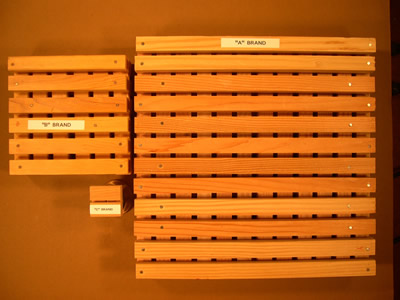To prevent an exterior fire from entering the building protect building expansion joints by securing mineral wool or other fire resistant compressible insulation between wood nailers covered by steel flashing.
How to avoid fire rating issues on roofs.
Torch down roofing is used only for flat or low slope roofs.
There are four classifications of fire ratings for roofing assemblies.
It also has an important role to play in building support structure and framing.
Fire ratings for roofs are classified as either class a class b class c or are unrated if a roof covering cannot meet the requirements for any of these classifications.
The rating classifies how well an assembly is able to confine and isolate fire during tests.
Fire retardant wood provides an extra layer of security against wild fire lightning strikes and even stray neighborhood fireworks.
These flames can extend to the edge of the roof and adjacent siding.
Roof coverings can obtain a class a rating based on the covering alone called a stand alone class a or based on the covering and underlying materials that provide additional fire protection called an assembly rated class a.
Regularly remove vegetative debris from your roof and gutters.
Obviously using an open flame torch to install torch down roofing systems can pose a fire risk.
Fire retardant wood is often used in roof construction and shingling in particular since those are vulnerable areas of any building.
Fire rated roof assemblies have been tested for their fire containment capabilities.
Checking with fire damage repair denver roofing contractors they say that one of the easiest ways to protect your existing roof from fire damage is through the use of special roof coating.
Flame through to the underside of a roof deck.
Make sure that ventilation stacks and upper level windows are in good working order not cracked or otherwise broken.
Keep out wind borne embers by covering soffit vents and eaves with fine metal meshing.
Class a is the highest rating offering the highest resistance to fire and unrated is the worst.
Dry debris can be ignited by wind blown embers.
This roof covering failed so as constructed this is not a class a roof.
Evaluate the potential for fuel contribution from the underside of the pv panel.
Torch down roofing is a type of roofing that consists of layers of modified bitumen adhered to layers of fiberglass with a flame torch.
Even with class a fire rated roof coverings vertical surfaces next to the roof edge will be exposed to flames from the ignited debris.










